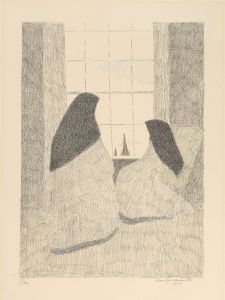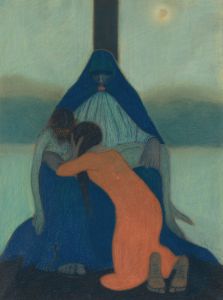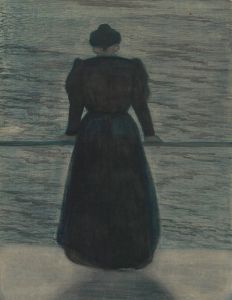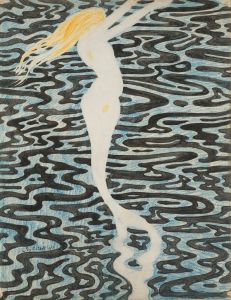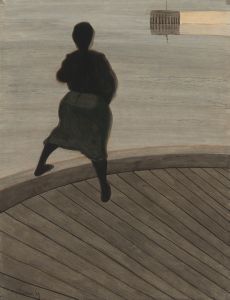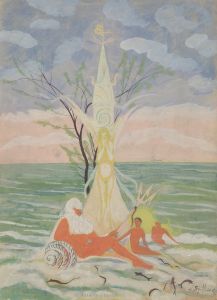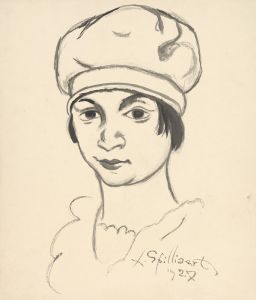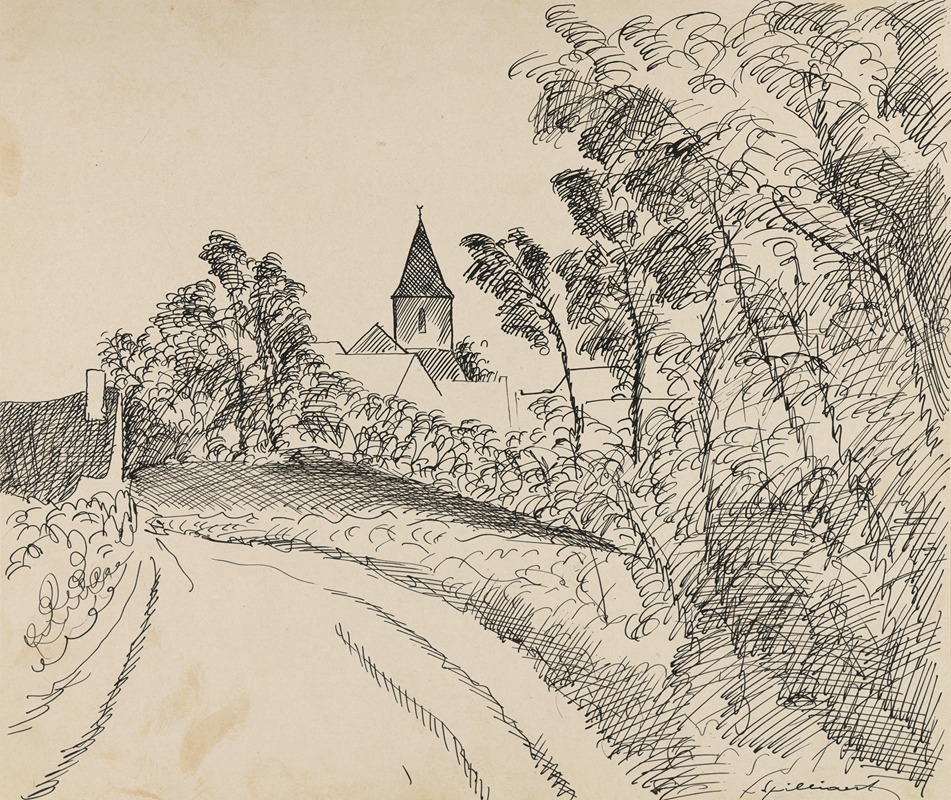
Au temps que Nanette était perdue
A hand-painted replica of Léon Spilliaert’s masterpiece Au temps que Nanette était perdue, meticulously crafted by professional artists to capture the true essence of the original. Each piece is created with museum-quality canvas and rare mineral pigments, carefully painted by experienced artists with delicate brushstrokes and rich, layered colors to perfectly recreate the texture of the original artwork. Unlike machine-printed reproductions, this hand-painted version brings the painting to life, infused with the artist’s emotions and skill in every stroke. Whether for personal collection or home decoration, it instantly elevates the artistic atmosphere of any space.
Léon Spilliaert (1881-1946) was a Belgian symbolist painter and graphic artist, known for his unique and often haunting works that explore themes of solitude, introspection, and the human condition. One of his notable works is "Au temps que Nanette était perdue" (translated as "In the Time When Nanette Was Lost"), which reflects his distinctive style and thematic preoccupations.
"Au temps que Nanette était perdue" is a painting that captures a moment of melancholy and introspection, characteristic of Spilliaert's oeuvre. The painting depicts a solitary figure, presumably Nanette, who appears to be lost in thought or perhaps physically lost in her surroundings. The use of muted colors and stark contrasts creates a somber and contemplative atmosphere, drawing the viewer into the emotional state of the subject.
Spilliaert's technique often involved the use of watercolor, ink, and pastel, which allowed him to create delicate yet intense compositions. In "Au temps que Nanette était perdue," these mediums are employed to great effect, with subtle gradations of tone and shadow that enhance the sense of depth and emotional weight. The figure of Nanette is rendered with a sense of fragility and vulnerability, emphasizing her isolation and the poignancy of her situation.
The painting is also notable for its composition and use of space. Spilliaert often employed unusual perspectives and spatial arrangements to convey a sense of disorientation and psychological tension. In this work, the placement of Nanette within the composition, along with the surrounding environment, contributes to the overall feeling of being lost or disconnected from the world.
Léon Spilliaert's work was influenced by a variety of sources, including the symbolist movement, which sought to express the inner experiences and emotions of the artist. His art also reflects the broader cultural and intellectual currents of his time, including existentialism and the exploration of the subconscious. Spilliaert's ability to convey complex emotional states through his art has earned him a lasting place in the history of modern art.
"Au temps que Nanette était perdue" is a testament to Spilliaert's skill as an artist and his ability to capture the nuances of human emotion. The painting invites viewers to reflect on their own experiences of loss and introspection, making it a powerful and enduring work of art. While specific details about the inspiration or context of this particular painting may not be well-documented, its impact and significance within Spilliaert's body of work are clear.
Overall, "Au temps que Nanette était perdue" exemplifies Léon Spilliaert's mastery of mood and atmosphere, as well as his deep engagement with the themes of solitude and existential reflection. The painting remains an important piece within his artistic legacy, continuing to resonate with audiences and art enthusiasts around the world.






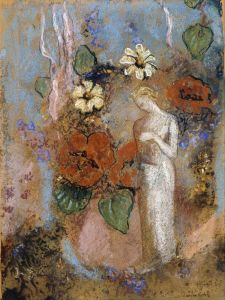
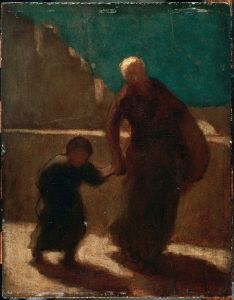
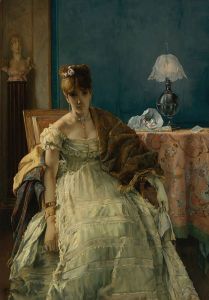
![It Is Amazing-And We Were Made by God [Furious Folly]](/imgs/264618/s/francisco-de-goya-it-is-amazingand-we-were-made-by-god-furious-folly-a15fa352.jpg)
